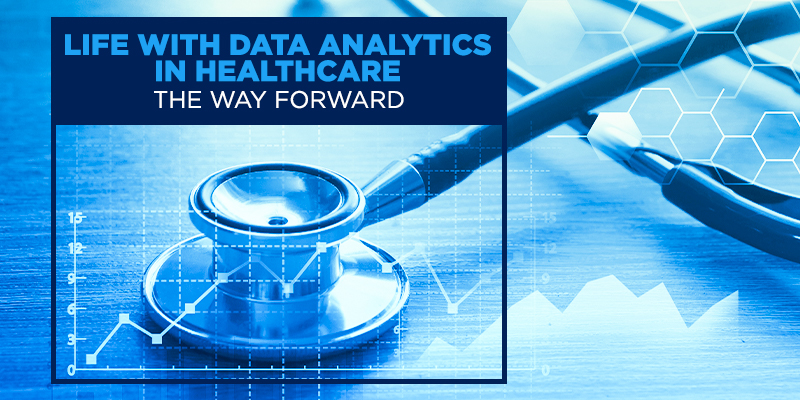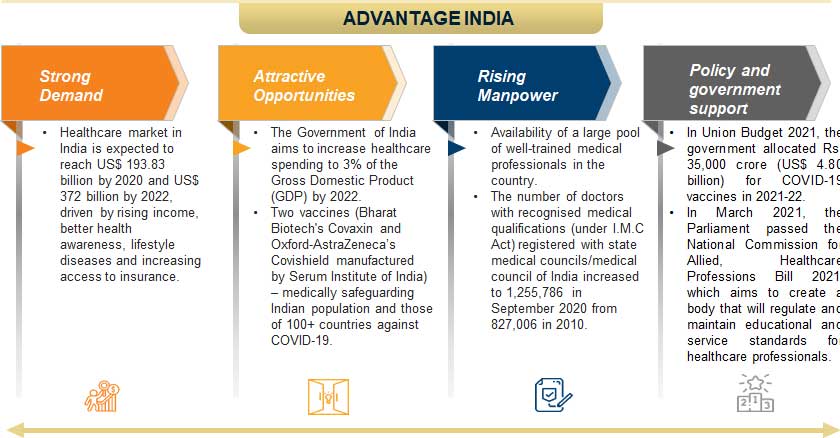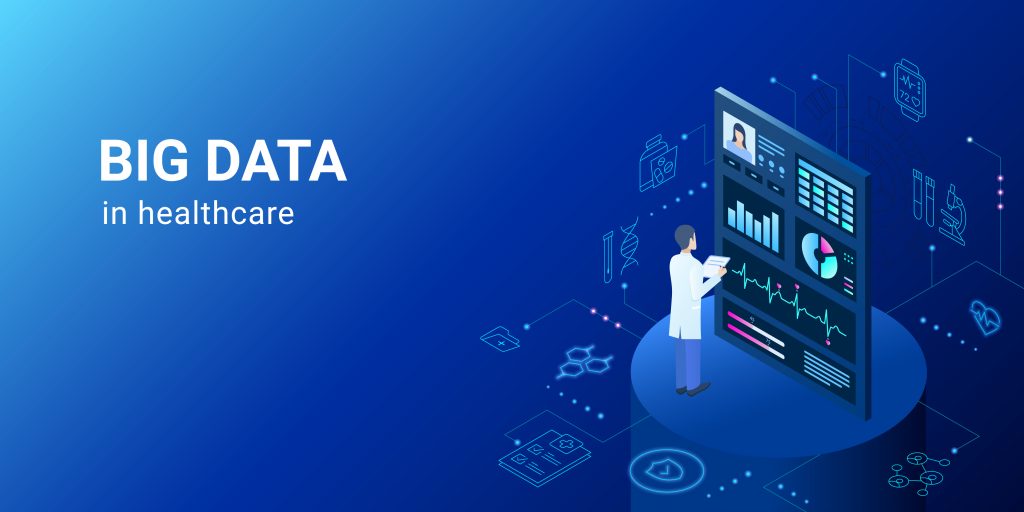
India has a long way to go to attain the WHO standards of healthcare. Still, with more investments in healthcare infrastructure and Big Data, we can have an increasingly favourable chance at battling this pandemic and all such future healthcare emergencies.
India’s healthcare systems need a complete overhaul after the pandemic. The COVID-19 pandemic has exacerbated severe workforce shortages in India and increased the country’s need for enhanced healthcare management.
Problems faced by India’s healthcare system during COVID-19
One of the biggest hurdles facing the Indian healthcare system amidst this pandemic is a shortage of resources. With many healthcare workers testing positive, it discouraged staff and doctors from battling the pandemic on the frontlines, time and again. In addition, the lack of sufficient beds, oxygen, medicines have been another grave concern in the past few months, be it the densely crowded metro cities or rural areas.
India had just about 0.55 beds per 1,000 people before the pandemic; this problem worsened in the last two months, with hospitals running in total capacity and turning patients away. The government made commendable efforts to improve bed capacity by turning hotels and stadiums into COVID treatment facilities. Nevertheless, these efforts might be negated if there will not be enough healthcare workers willing to work at these treatment centres in the future.
Apart from the spread of COVID-19 in metro cities, what remains an even more significant concern for India is its rural hinterland. The coronavirus rapidly made inroads into India’s rural areas in the second wave. There were many troubles since the country’s rural healthcare sector remained underserviced due to its skeletal medical services and lack of specialist doctors. It took time to arrange and bring resources from urban to rural areas.

This is India’s development paradox that ensured that essential healthcare services are unavailable to most of the population. Millions of rural and urban low-income families in India already run into massive debts each year due to medical expenditure. This remains the single most common cause of sudden emergency financial crisis among India’s rural and urban poor. India spends a tiny sliver of its GDP on healthcare —1.2 of GDP as of budget 2021—compared to its peers, and the harsh truth is that this has reflected poorly on our healthcare management.
Can Healthcare Analytics be a Solution?
Healthcare analytics can reduce treatment costs, predict disease outbreaks, avoid illnesses, and improve patients’ quality of life.
Big data actually takes vast quantities of information, digitises it and then consolidates and interprets it with particular technologies. The quote “an ounce of prevention is worth a pound of cure” is relevant to healthcare analytics. It can assist doctors in learning more about patients, giving early warning signs of diseases and starting the treatment at the initial stages itself.
With costs exceeding predictions, the healthcare industry requires data-driven solutions. These solutions serve a benefit to the healthcare providers as well as the economy. As physicians’ decisions are based on evidence, clinical data supplied by healthcare analytics are in much higher demand.
Market analysts predict that the overall market for healthcare analytics will reach $50.5 billion by 2024, growing at a CAGR of 28.3%. Factors such as government initiatives to grow EHR adoption, increasing pressure to curb healthcare spending and improve patient care, building venture capital investments, and the emergence of big data in healthcare is expected to drive the healthcare market’s growth.
Data Analytics in Healthcare Market: Need of the Hour

In healthcare, data analytics can help collect medical data and turn it into relevant insights that can be used for better patient care.
Below are some instances of how healthcare analytics can foresee problems, prevent them, actively involve patients in their healthcare, better treatment, and track inventory more efficiently.
- Staffing: Finding the perfect balance so that administrators don’t overstaff or understaff and have poor patient results. Data analytics will enable hospitals to find patterns and forecast visit and admissions in advance. This will allow them to schedule extra staff when many patients are expected and reduce waiting time and a higher quality of care.
- Predictive Analytics: Predictive analytics is one of the most significant business intelligence trends, but its potential reaches much farther than just the business. It is important to create a database for predictive analytics tools to streamline patient care delivery. The goal is to manage data and advanced analytics to achieve augmented outcomes, reduce costs, and improve the patient experience. These Managers help doctors to make data-driven decisions within few minutes and even prevent the onset or progression of some conditions.
- Patient engagement: Many potential patients already use intelligent wearable health devices that track their steps, heart rates, sleep patterns, etc. As a result, patients directly monitor their health, and incentives from health insurance firms can drive them to lead a healthier lifestyle.
- Patients who use wearable health devices can track specific health trends and upload them to the cloud, where their physicians can see them. For example, patients with asthma or high blood pressure may reduce visits to the doctor and gain more independence with these devices.
- Electronic health records (EHRs): Under this application of big data in healthcare, each patient has a digital health record, including everything from allergies to demographic information. This allows doctors to make changes through the years with no paperwork and no risk of repeating data.
A Budding Career in Healthcare Analytics
Because of the increasing momentum around healthcare analytics, there is a tremendous demand for skilled professionals in this field. Most of you have already recognized the scope of healthcare analytics careers and are considering becoming specialized professionals in the field.
Those of you who don’t must know about FORE School of Management’s certification training program in Healthcare Analytics.
A premier management institution in New Delhi, FORE, in association with BRICS-CCI, has launched this training program in Healthcare Analytics. The principal objective of this course is to demonstrate how analytics can be used for the effective management of healthcare systems.
Industry experts have designed the Healthcare Analytics course by FORE. Expert faculty will illustrate how to apply theories of statistical models and utilise evaluation methodologies.
Core Features:
- The program will have sessions from both worlds, PhD Holders and Medical Doctors, with hands-on experience.
- Their Case-Studies of real-world patients involve extensive analysis of real-world data.
- 65+ hours of Comprehensive training, Workshops are additional.
- It is a hands-on interactive online program.
Believe us, the emergence of Big Data and Data analytics have made a difference. However, since this is at an initial stage in India, there is a deficit of skilled professionals. But, the sector is poised for growth in future, and moving into this juncture could be a smart move.
